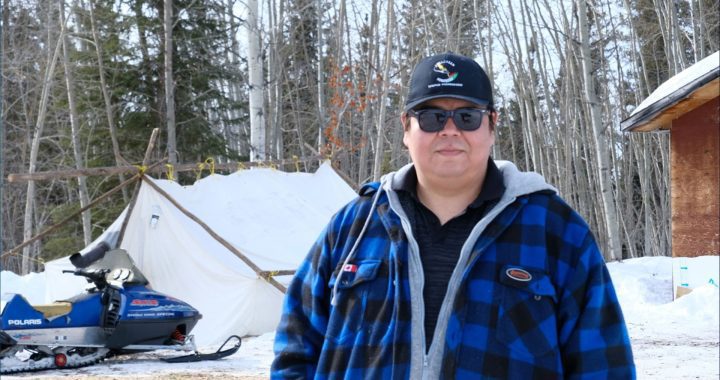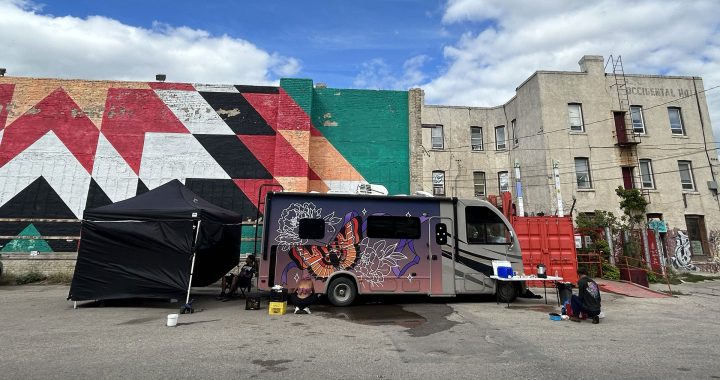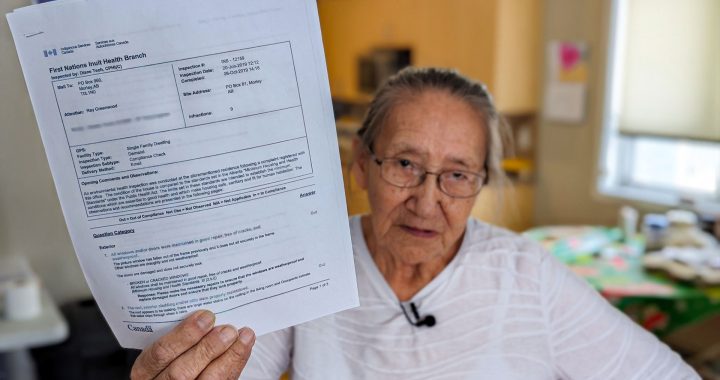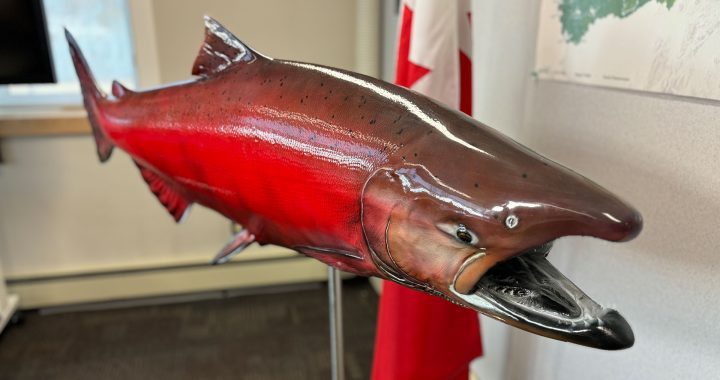‘Both sides armed and ready to shoot’ in Kanesatake: U.S. cable
U.S. officials were keeping an eye on Kanesatake, the Mohawk community at the centre of the Oka crisis, during the winter of 2004 after a failed attempt to raid the community with dozens of First Nations police officers from other parts of Quebec, a U.S. State Department cable released by Wikileaks shows.
By Jorge Barrera
APTN National News
OTTAWA-U.S. officials were keeping an eye on Kanesatake, the Mohawk community at the centre of the Oka crisis, during the winter of 2004 following a failed, federal government-sponsored raid using dozens of First Nations police officers from other parts of Quebec, a U.S. State Department cable released by WikiLeaks shows.
On Jan. 12, 2004, the 67 police officers descended on the community armed with submachine guns, automatic rifles, shotguns, a sniper rifle and thousands of rounds of ammunition bought with about $62,000 of federal taxpayer money.
The raid ended in disaster after the police officers found themselves inside the local police headquarters trapped and surrounded by local community members.
A January 14, 2004, cable sent from the U.S. consulate in Montreal, notes that the raid had the potential of major violence.
Quoting from a conversation between Georges Beauchemin, the secretary-general of Quebec’s Public Security Ministry and U.S. Quebec City consul General Keogh-Fisher, it notes events were a trigger-pull away from turning bloody.
“The situation in Kanesatake had been very dangerous, ‘with both sides armed and ready to shoot,'” the cable said. “However (Beauchemin) said that outside intervention by Quebec provincial police would have been seen as an invasion and ‘pushed good guys on the side of bad guys.'”
The raid was planned by former Kanesatake Chief James Gabriel who had received $900,000 two months earlier from the federal Liberal government to fight “organized crime” in the community.
Gabriel’s house was burned the ground that January day and he was forced to flee along with his family.
Gabriel “was lucky to have escaped with his life,” the cable said, Beauchemin said the situation was a trigger-pull away from turning bloody, the cable said.
Beauchemin then told Keogh-Fisher that the answer the situation in the community was a “more structured, efficient police organization which could produce evidence that will stand up in court in order that criminals in Kanesatake could be prosecuted,” according to the cable.
Quebec’s public security minister at the time, Jacques Chagnon, managed to broker a deal allowing the trapped police officers to leave the community with an escort of Kahnawake Peacekeepers from the sister Mohawk community, which also sits near Montreal.
The cable also wondered whether Quebec Premier Jean Charest was motivated to broker a quick end to the conflict because he was about to depart for Davos, Switzerland, to attend the World Economic Forum.
“Cynics have suggested that Premier Charest was anxious to avert a major crisis before his trip to Davos…next week. He may have been reminded that the 1990 Oka stand-off received considerable negative publicity in Europe, where there is strong public sympathy and fascination for the culture and plight of North American native populations,” stated the cable.
The cable, however, warned that a quick peace only pushed back the date of an inevitable show-down in Kanesatake.
“While the Charest government’s intervention may have precluded a violent clash this week, the possibility remains that confrontations have only been deferred,” the cable stated.
The botched raid caused considerable controversy as both the RCMP and the Quebec government distanced themselves from incident. The Quebec government said there was no need for it and the RCMP said the level of organized crime in Kanesatake was no different than anywhere else in the province.
After it took power in Ottawa, the Conservative government launched an audit into the former Liberal government’s spending around the Kanesatake police force and the raid.
The report, done by auditing firm Navigant Consulting, concluded that the federal Liberal government did not consult with the RCMP before the raid and were also told Quebec’s provincial police would not participate. The report found that the federal Public Safety department was warned the planned raid would trigger a violent reaction.
The report also found that Indian Affairs channeled money to Gabriel for policing, even when there was no funding agreement, without consulting Treasury Board.
The 2004 botched raid was a culmination of events that began after the tanks and soldiers left Kanesatake in 1990.
Years after the Oka crisis, the federal government continued to explore ways to ensure a similar event never happened again.
In 1994, it drew up then cancelled military plans to invade Kanesatake and its sister communities of Kahnawake and Akwesasne.
In May 1999, Kingston OPP detained a man named Richard Walsh who had sensitive intelligence files in his possessions. Walsh had a rap sheet and had just finished a secret contract with the Kanesatake band as an undercover agent to dig up information on community members.
He even posed as a Kanesatake police officer and obtained the military file of former Kanesatake police chief Tracy Cross from CFB Petawawa.
Indian Affairs approved at least $25,000 in spending toward Walsh’s activities, according to a 2002 band council resolution calling for an inquiry into the Walsh affair.
The cable









